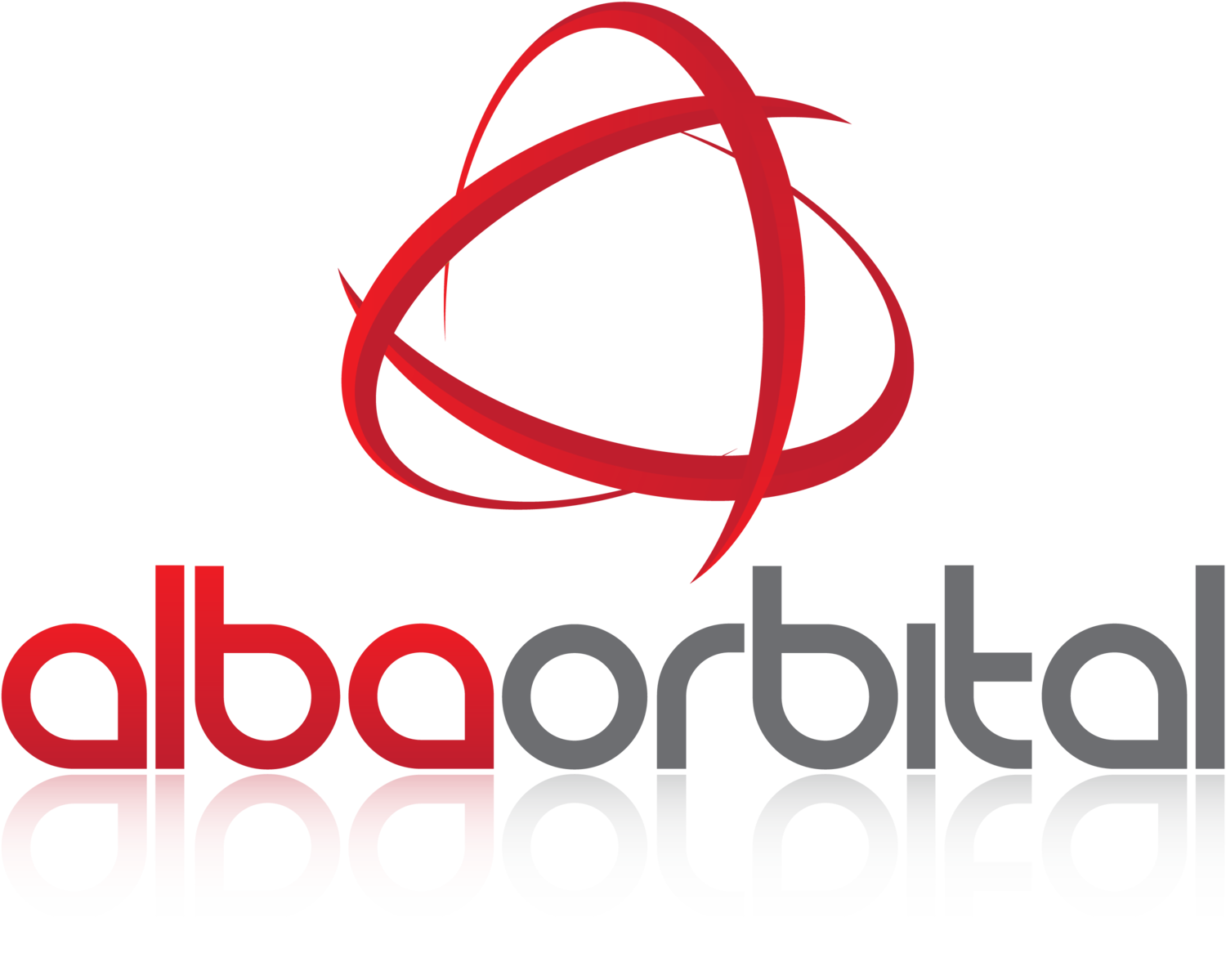This article has been written to assist small satellite manufacturers in navigating the ITU frequency coordination process. It is aimed at developers new to the process, with the intention to outline the structure of the ITU, as well as providing tips on how to complete the process as quickly and efficiently as possible.
Notifying Administration
When beginning frequency coordination the first step is to identify and make contact with your notifying administration. This should be the country in which your ground station will be based. You may need to be a registered company in this nation. The notifying administration will likely charge a fee for processing your filing. You will need to pay this in addition to the ITU 7,600 CHF cost recovery fee. Contact details for notifying administrations around the world can be found at: https://www.itu.int/online/mm/scripts/org_br_admin.list. If filing for a frequency in the amateur band, no cost recovery fees will be owed to either the notifying administration or to the ITU.
ITU Frequency Filing Outline
There are 3 key stages in the ITU submission process: API/A, API/B and Notification. This section will explain the significance of each stage. The entire process will take a minimum of 9 months but will likely take longer. This is almost entirely dependent on how long the coordination period takes with other administrations. The ITU recommends the process is started 2-7 years before the planned launch date.
An API is the first submission required by the ITU. This is your first opportunity to indicate to the ITU as well as other administrations: your preferred frequency band, the number of uplinks/downlinks, your notifying administration, as well as many other parameters. Notifying administrations use this document to decide whether or not your satellite network is likely to cause harmful interference and therefore whether or not they need to submit a comment. It is best to keep values quite general at this stage as this will give you more room for maneuver when later coordinating with administrations. Your API should be submitted to your notifying administration, who will send it on to the ITU. An API/A will then be published by the ITU within 3 months.
After the API/A is published by the ITU, other administrations are given 4 months to submit comments. After this period has elapsed, the ITU will publish an API/B. The API/B will contain definitive coordination requirements which can be used to help coordinate with other administrations.
Following API/B publication, it is now possible to coordinate with other administrations. This process involves replying to the comments submitted by administrations addressing any concerns they may have raised. All correspondence with administrations should be made through your notifying administration. The process should take a minimum of 2 months. If it is possible to resolve all comments made by administrations, then it will be possible to submit a notification to the ITU. The notification submission is similar to the API/A submission except more specific values are expected and some additional parameters are required. If following the coordination period it is not possible to select values in the bands identified in your API/A for Notification, it may be necessary to submit a new API/A targeting a different frequency band.
IARU
If filing for a frequency in the amateur radio bands, it will be necessary to coordinate with the International Amateur Radio Union in addition to the above. Here are the most common amateur satellite service bands.
More information on coordinating with IARU, including the IARU submission form can be found at https://www.iaru.org/.
Frequencies
One of the most important considerations when selecting a frequency band for your satellite network is whether or not the band falls under the formal ITU Article 9 Coordination procedure. Avoiding bands which do fall under this procedure has many benefits. Firstly, it reduces the number of stages required to complete ITU coordination, both simplifying the process and reducing the amount of time it takes (to between 9 months and 2 years). Additionally, it vastly reduces the ITU cost recovery fees owed to a maximum of 7,600 CHF. The cost recovery fee for bands falling under the formal ITU Article 9 Coordination procedure can reach up to 91,387 CHF, depending on the size of the filing.
Another constraint when selecting a frequency band is that earth-to-space (E-S), space-to-earth (S-E) and space-to-space (S-S) communications are restricted to certain bands. Here are the most common non Article 9 bands used by small satellites.
The full list of frequency bands and their allocated services can be found in ITU Radio Regulations Volume 1. In the footnotes after each frequency table, it is indicated whether or not the bands fall under Article 9.
The ITU SNL Online service can be useful for identifying how many satellite service notifications there are in each band. It can be found here: https://www.itu.int/snl/freqtab_snl.html
API/A Guide
The ITU has written a guide for completing an API using ITU’s SpaceCap and SpaceVal. This can be found at: https://www.itu.int/en/ITU-R/space/workshops/2015-prague-small-sat/Presentations/ARS-API_help.pdf
Need a satellite for your next mission? Check out our Unicorn-2 Platform
Need a launch for your next mission? Checkout Alba Launch
Need a ground station for your next mission? Checkout Alba Connect




